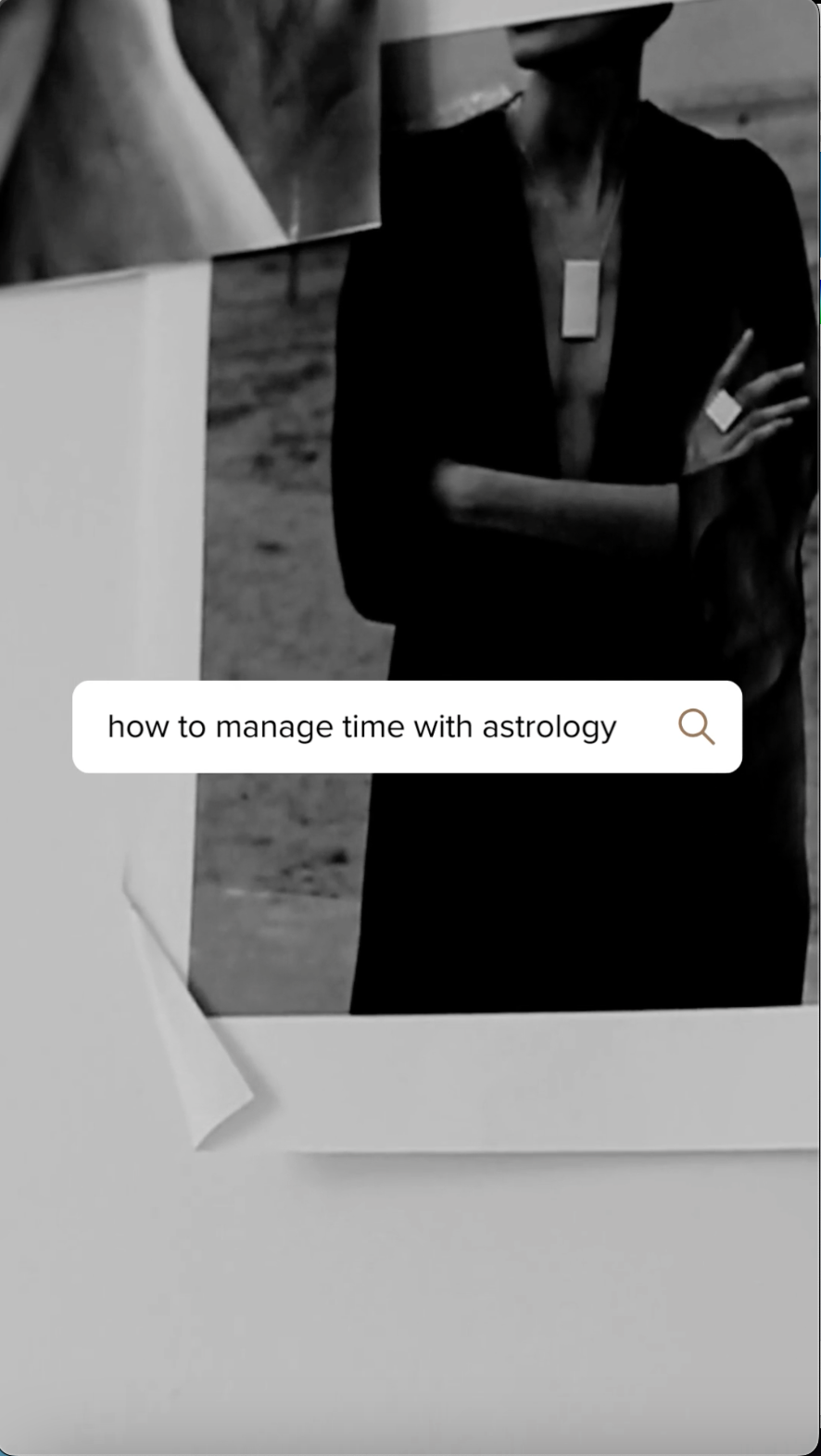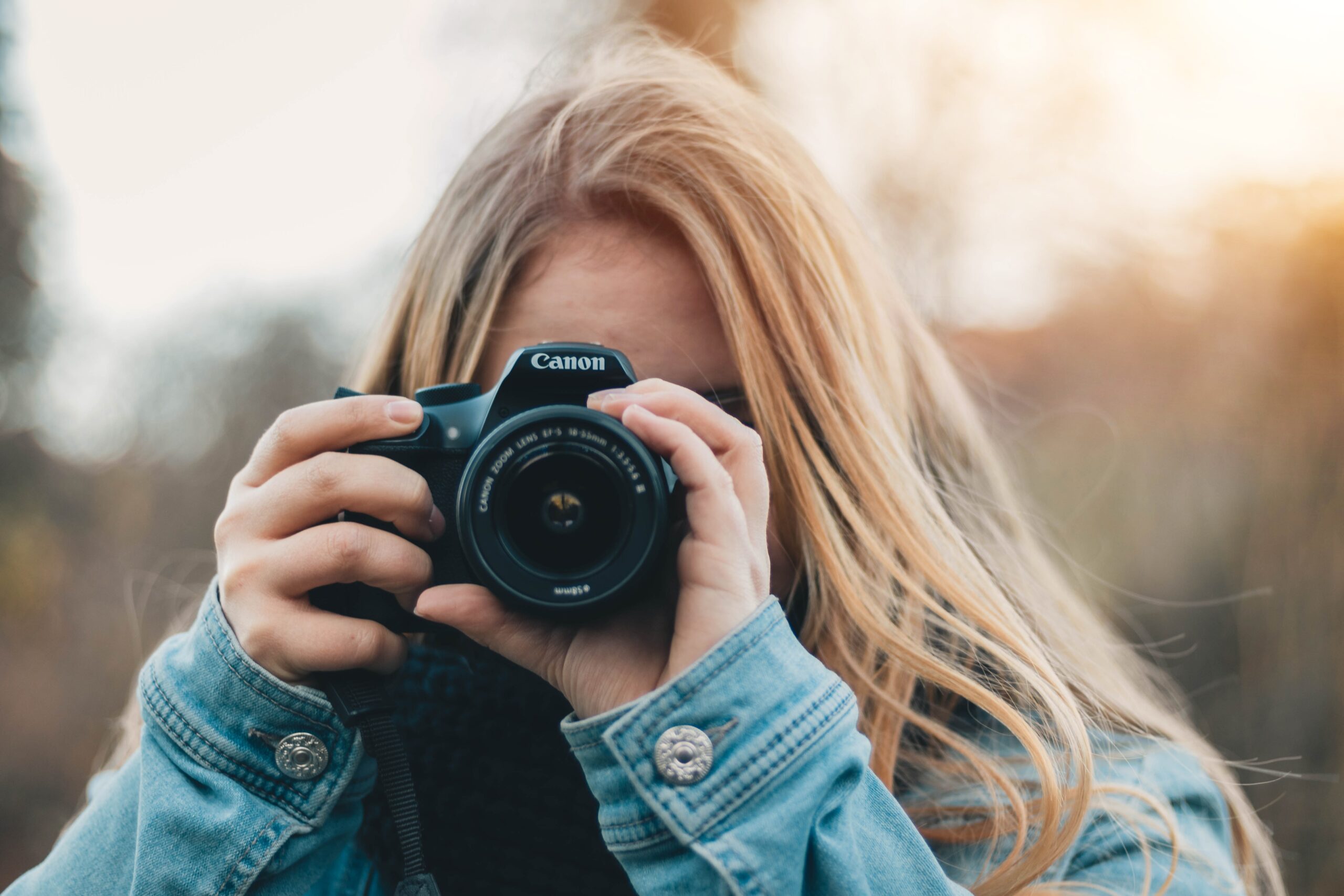This is the first post in a 3-Part Series about Visual Brand Storytelling, on the power of Visual Storytelling for brands.
I won’t beat around the bush: companies that use visual content in their marketing efforts see a 27% higher click-through rate and a 12% higher conversion rate compared to those that don’t (NewsCred).
There’s more to it than just using stock images to break up the text. Venngage gives us this elegant definition: Visual communication is “the practice of using visual elements to convey a message, inspire change, or evoke emotion”. It’s one part communication design— crafting a message that educates, motivates, and engages, and one part graphic design— using design principles to communicate that message so that it’s clear and eye-catching.
Or, in short, the images themselves are part of the narrative. A successful marketing strategy looks at a brand holistically.

A holistic marketing strategy works 24/7
As a brand photographer and business owner myself, I’m passionate about helping entrepreneurs (especially women) build successful businesses. I believe we can work and still be present for the things and people that matter to us. I believe we can be ambitious and successful, and also lead with pleasure and honour our rhythms. It’s my mission to show you how you can do that with your brand visuals.
In the first part of this 3-parts series, we’ll explore the power of visual storytelling in branding. We’ll discuss why visual storytelling is so effective at connecting with your audience on a deeper level. We’ll also explore the different types of visual content and how to use them in your branding efforts.
Capture and hold attention with visual storytelling
Our brains respond to visual cues. I can still tell you information from my high school textbooks from where they were on a page.

When we read, our brains perform a complex set of tasks: decoding written symbols and transforming them into meaningful information.
One study used fMRI (functional magnetic resonance imaging) to investigate how the brain processes written and spoken Portuguese. The researchers found that the brain activates different regions when processing written words compared to spoken words. Specifically, when participants read, there was increased activation in areas of the brain associated with visual processing and letter recognition.
This tells us something important: when we see words on a screen, our brain is processing them as images instead. Our brain is already engaged with the emotion we are trying to evoke and is looking to dig deeper. By accompanying them with other visual cues, you reinforce the message of the meaning of the words.
Create an emotional connection with the audience
When I talk about creating an emotional connection, I don’t mean that all of our engagements with brands have the same sentimentality of old Japanese adverts for Tokyo Disney Sea (just me crying at this?).
If you have something to sell, there is at least one emotion you want to evoke above all else. Trust. Contrary to popular belief, trust is not a logical belief of the brain. It’s something somatic connected to our animal body feelings of safety, and that makes it an emotion.
Have you ever been in a sales conversation that made perfect sense…and, yet, you couldn’t buy the thing or service? That’s because there was no emotional connection, with the person doing the selling or the product. You could not feel into the version of yourself that had said yes.
I’m talking more about emotions and building a brand in the second part of this series.
Many different types of visual content
According to Venngage data, 46.5% of surveyed businesses had not shifted their marketing strategy to one emphasising visuals in 2022. The 51.4% who did reported the majority of their visuals were original graphics and stock photography. Original graphics include things like infographics, diagrams, and illustrations.

There’s so much room to grow in this area. Stock photography being 33.4% of brand visuals is amazing. You might be thinking: “Aren’t you a professional photographer? Shouldn’t you hate stock photography?” and you’d be wrong. I think stock photography is a great thing to have available to add texture to the overall brand visual storytelling. Especially for small businesses who can’t just easily spend a lot of money on photoshoot props. A lot of creativity and artistry goes into the work we sell to these platforms.
However, if that’s all you use in your branding, they are not enough. Especially if you have a personal brand, so you don’t have a lot of product photography on your website. While infographics and technical design is great to share data, photos and videos are where you create a connection. You build trust by showing yourself, being relatable, and evoking emotion.
Visual Storytelling is a must-have tool for a brand
Your marketing strategy should be working for you when you’re not. Brand visual storytelling allows you to convey your brand message at different, memorable levels, creating a picture in your clients’ minds that you are the brand they want to work with or buy from. In the next two parts of this series we’ll be looking at crafting your visual brand identity and bringing your brand to life.
If you feel ready to get started telling your brand story and want to know how I can help you do that, you can check out my brand photography services and get in touch to discuss what you need.






